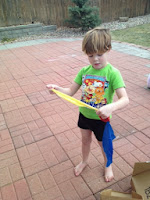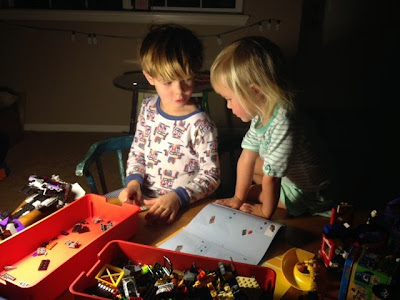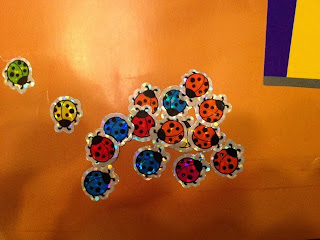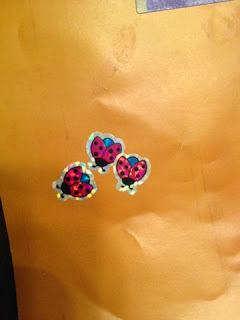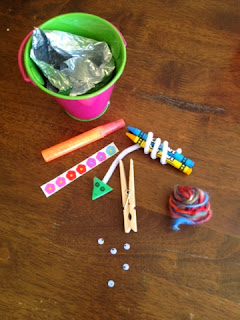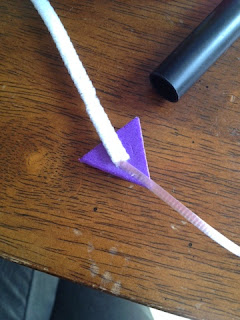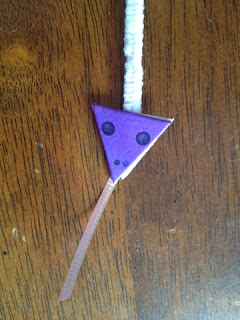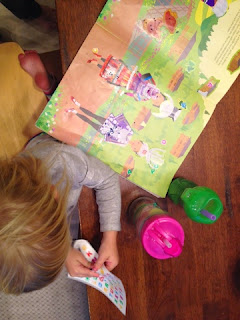
All our seek-and-find books come with directions. In "Treasure Hunt for Girls" each page asks "Can you find these ____ things?" Then it goes on to list things to seek-and-find. "Can you find these fairy things?" is followed by "1 leaping frog, 2 swimming swans, 3 pretty fairies..." all the way to 10 items. Each page spread has a similar list. Naturally, we started by following the directions. I would read the instructions and Anna would point to what she could find. The first night, we looked for all ten items and that took forever. On the second night, I set a limit and found a way to reduce the amount of time we spent seeking-and-finding and follow the instructions. We searched for 1, 2, and 3 items on each page on that night. The next night we searched for 4, 5, and 6 items. Then 7, 8, and 9 items and, finally, 10 items. That bought us a good week's worth of seeking-and-finding but Anna wasn't done with the book.
I recognized that reading this seek-and-find book was great learning. A child like mine practices patience to seek and find. She counts. He names things. They learn descriptive words like colors and location (on top, left, right, near my thumb, etc.). So I started to make up my own instructions. Each night we would pick a new color. "Let's find all the blue things on each page," I suggested. As you can imagine, every night we looked on each page for a different color. Then, as you might imagine, after two weeks of reading the book I was pretty familiar with the images. I could improvise easily. So I started prompting my daughter to find things on the page that weren't listed in the instructions by the author. Looking at the jungle page, I asked "Who is looking through binoculars?" After we did improv seeking-and-finding we began to count: "Let's count! How many spiders are there?" And, finally, the most complicated way to read the seek-and-find is to make up stories for each page. On the kitchen page we could make up a story about the party for which the mother and child are preparing. Together, we realized that the seek-and-find book spurred all sorts of learning...not least of which was the creative process of making something "new" of the experience.
Here is a quick list of new ways for reading an old favorite seek-and-find:
- Find all the green things on each page. Change the color each time you read the book.
- Find something new. Ignore the author's instructions and do a quick seek yourself to prompt your child with a new item he or she hasn't already sought.
- Count all the ____. For each page, choose something you haven't already sought and count them along the way.
- Make a story about an item/animal/person on each page.
So go out there and reinvent ways to read your child's favorite seek-and-find! If you need a place to start, here is a list of four seek-and-find books at our house on Amazon. (affiliate).
[Disclosure Statement: This post contains affiliate links. If you click and purchase, I receive a small referral fee at no cost to you. To see how I spend the money see my "Philanthropy" page. ]

